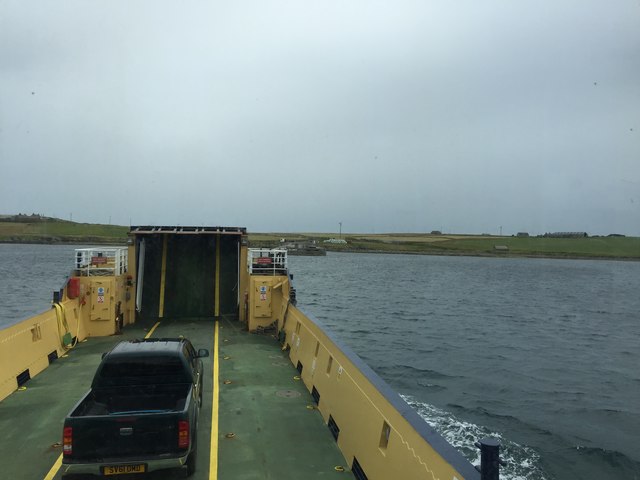Scara Taing
Coastal Feature, Headland, Point in Orkney
Scotland
Scara Taing
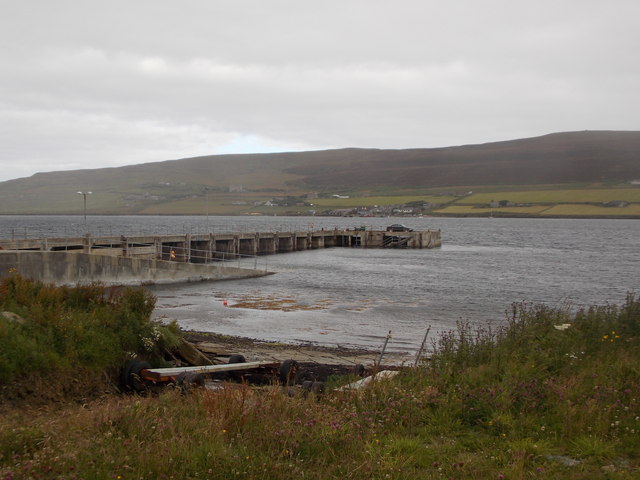
Scara Taing is a prominent coastal feature located on the Orkney Islands, an archipelago off the northeastern coast of Scotland. It is known for its stunning and rugged landscape, characterized by steep cliffs, rocky outcrops, and crashing waves. Scara Taing is specifically identified as a headland or point, jutting out into the North Sea.
The headland offers breathtaking panoramic views of the surrounding coastline and is a popular destination for nature enthusiasts, photographers, and hikers. It is renowned for its rich biodiversity, with various seabirds nesting on the cliffs, including puffins, guillemots, and kittiwakes. The headland is also home to a variety of plant species adapted to the harsh coastal conditions.
Scara Taing is geologically fascinating, showcasing layers of sedimentary rocks that provide valuable insights into the area's geological history. Fossilized remains of ancient marine life can sometimes be found embedded within the rocks, offering a glimpse into the region's past.
The headland is easily accessible by foot, with well-maintained paths and trails for visitors to explore. It is advisable to exercise caution near the cliff edges due to the steep drops and unpredictable weather conditions. The headland is also a popular spot for fishing, with anglers often casting their lines from the rocky shoreline.
Overall, Scara Taing is a remarkable coastal feature on the Orkney Islands, offering visitors the chance to immerse themselves in the rugged beauty of the Scottish coastline and experience the rich natural heritage of the area.
If you have any feedback on the listing, please let us know in the comments section below.
Scara Taing Images
Images are sourced within 2km of 59.116067/-3.0022643 or Grid Reference HY4225. Thanks to Geograph Open Source API. All images are credited.
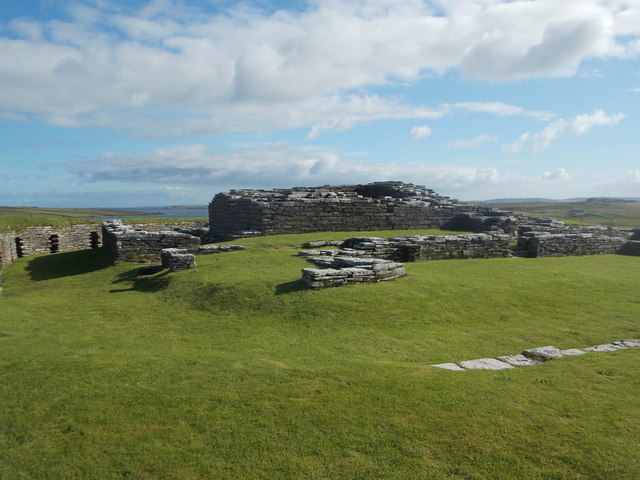
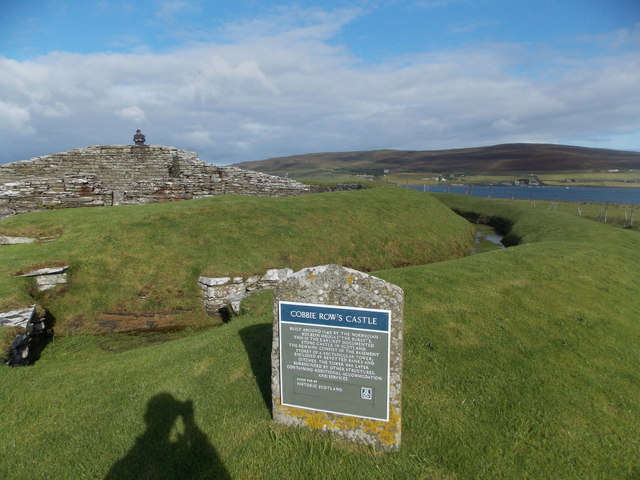
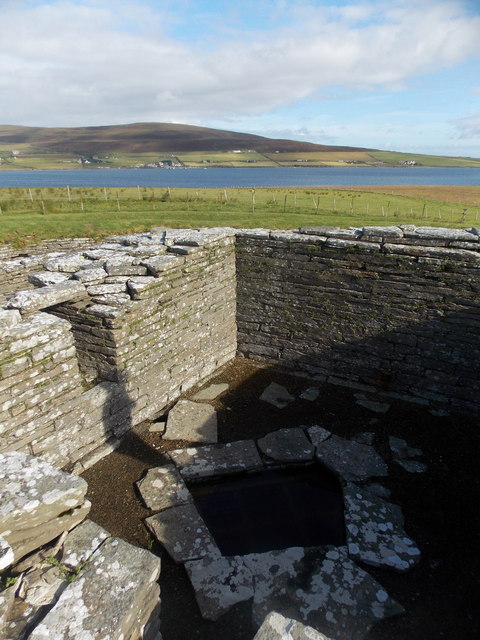
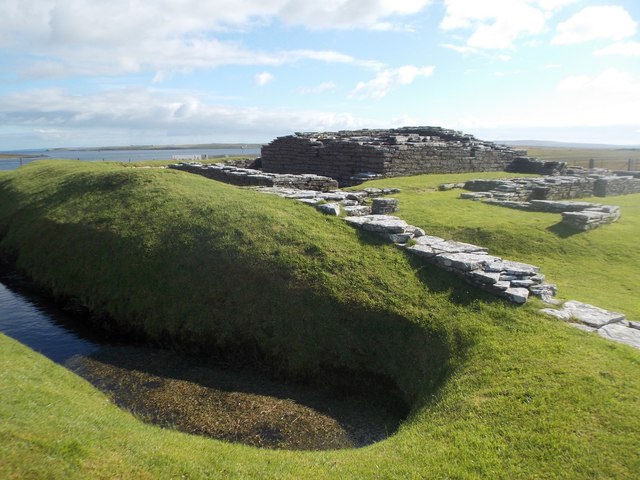

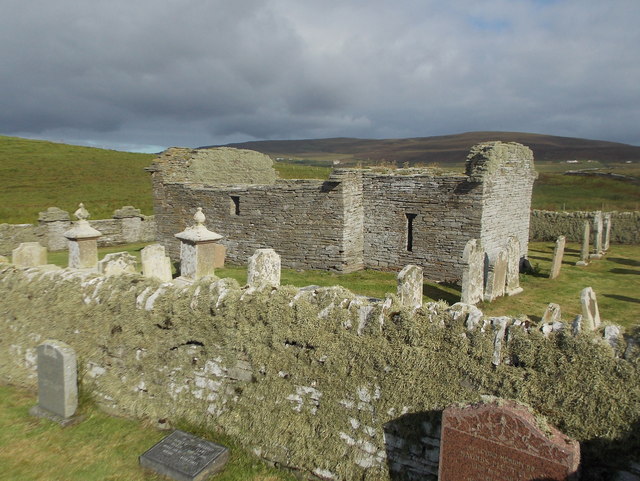
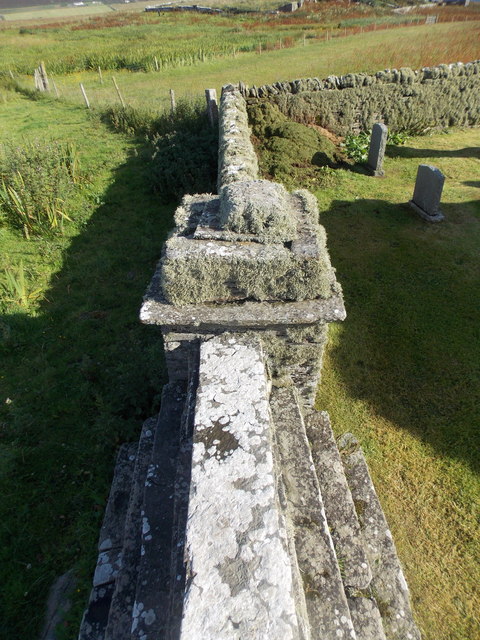
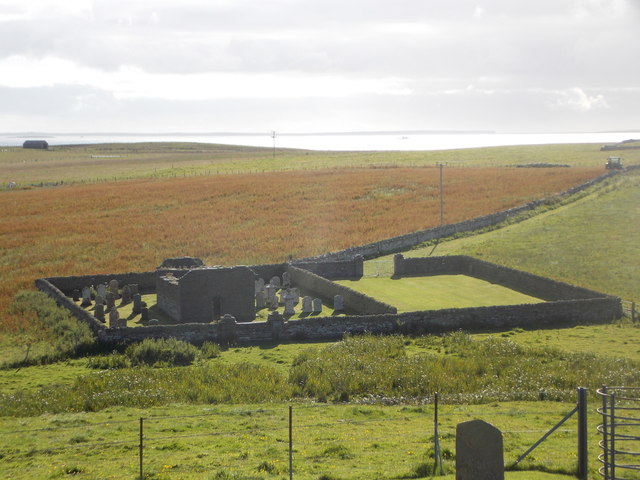






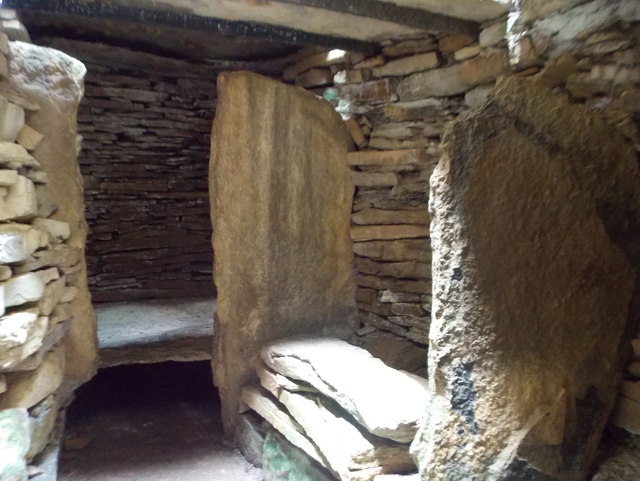

Scara Taing is located at Grid Ref: HY4225 (Lat: 59.116067, Lng: -3.0022643)
Unitary Authority: Orkney Islands
Police Authority: Highlands and Islands
What 3 Words
///jumbled.downcast.runways. Near Brinian, Orkney Islands
Related Wikis
Cobbie Row's Castle
Cobbie Row's (or Cubbie Roo's) Castle is the oldest medieval castle known to exist in Scotland. The castle ruins are located on the island of Wyre in Orkney...
St. Mary's Chapel, Wyre
St. Mary's Chapel is a ruined 12th century chapel found on the island of Wyre, in Orkney, Scotland. It is thought to have been built by a Norse chieftain...
Taversöe Tuick
Taversöe Tuick (or Taversoe Tuick) is a Neolithic burial cairn on Rousay, Orkney, Scotland, thought to date from between 4000 and 2500 BCE. The monument...
Brinian
Brinian is a village on the island of Rousay, in Orkney, Scotland. Trumland is situated to the west of the village, with Taversöe Tuick nearby. Brinian...
Have you been to Scara Taing?
Leave your review of Scara Taing below (or comments, questions and feedback).
